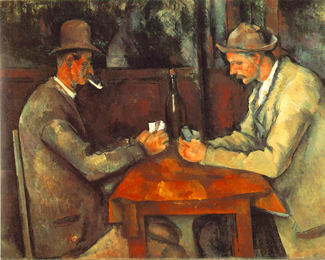Pathological gambling also affects women

Pathological gambling has been considered for a long time a clinical condition of adult middle-aged men, and consequently many researchers aimed on the clinical correlates of this disorder have been focused in this high-risk population. Personality traits and other characteristics that traditionally were linked to male gender achieved in many studies a strong association with the profile of these patients, for example the high impulsiveness and sensations seeking, low tolerance to boredom, problems to handle with stress situations, or difficulties to solve problems. But the epidemiological indexes of the last years evidence that other populations, such as adolescents and women, also present dysfunctional addictive behaviours associated with a marked lack of self-control on their own impulses.
Women diagnosed of pathological gambling present clinical profiles different to male patients. The age of onset of the disorder is later for women and the evolution is also quicker in females (the symptoms began suddenly and advance with an evident high velocity). The preference for a concrete type of game also differs across genders: for example, in our research we found that men gambled most frequently using slot machines and lotteries while women preferred playing bingo.
The main goal of our research was to assess clinical and psychopathological differences between females and males diagnosed with pathological gambling. One hundred forty-three men and 143 females, aged between 18 and 60 years-old and admitted for treatment due to their problems with gambling, were compared. Results showed that men spent more money and consequently had most arguments with family and friends. No differences based on gender emerged for the specific symptoms that describe the gambling disorder, but women showed higher prevalences of mood and anxiety disorders, lower self-esteem mean scores and low capacity to confront and manage problems. Substances abuse (tobacco, alcohol and other drugs) was equal for both sexes.
Results of our study agree with the hypothesis that gambling behaviours become for women a means of letting off steam for dysfunctional mood states and also a way to control their frustration. On the other hand, the knowledge about the differential mechanisms that generate and maintain the gambling behaviour in male and women will allow the identification of patients with specific needs and planning sex-specific targets.
References
Granero R, Penelo E, Martínez-Giménez R, Álvarez-Moya E, Gómez-Peña M, Aymamí MN, Bueno B, Fernández-Aranda F, & Jiménez-Murcia S. (2009). Sex differences among treatment-seeking adult pathological gamblers. Comprehensive Psychiatry, 50(2), 173-180.

